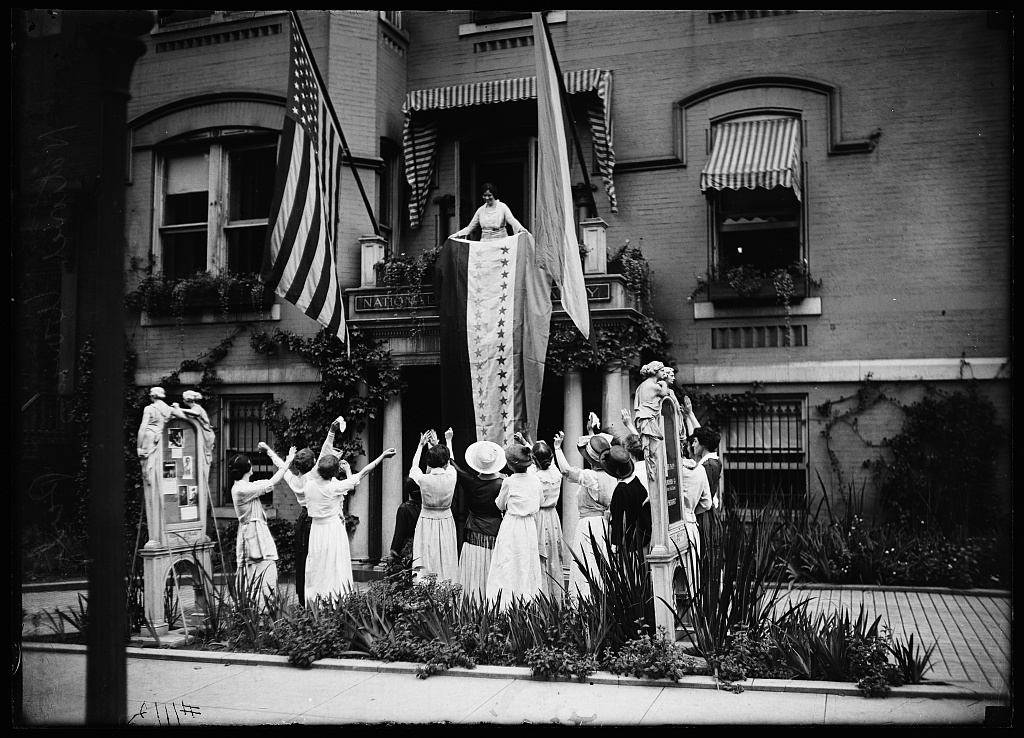Votes for Women

I hope everyone took a moment to celebrate Women’s Equality Day on August 26th, the 92nd anniversary of the 19th Amendment becoming law. On that day in 1920, American women won the hard-fought battle to vote. I envisioned crowds of hat-and-gloved women standing in long lines to cast their ballots in the 1920 presidential election. I was excited to see if I could find hard evidence of my suffragist fantasy, especially since I will be casting my own ballot in about 70 days.
My vision could not have been more wrong.
I found an exceedingly interesting article by J. Kevin Corder and Christina Wolbrecht titled, "Political Context and the Turnout of New Women Voters after Suffrage." It is a thorough analysis of the political and social forces at work in the 1920s which kept newly-enfranchised women away from the polls. Much of the prevailing “wisdom” of the day assumed that newly-minted female voters would wreak chaos because they were “uneducated” in the rules and customs of polling or were uninterested in politics. But Corder and Wolbrecht point out that women faced a challenge unique from other new voting populations: they were taught from childhood that they were, by nature, unsuited for politics. The social conventions which bound women exclusively to home and hearth, kept them away from the ballot box prevailed for decades beyond the passage of the 19th Amendment.
The 1976 presidential election was the first where the proportion of female voter turnout was within a percentage point of the male proportion. Granted, voting statistics were not formally recorded before 1964, but it was not until the mid-20th century that women began voting in equal numbers as men. In 1980, women first surpassed men in voter turnout percentages. Ever since then, the gap has been widening in favor of women: in 2008, approximately 70 million American women voted, while just 60 million men did.
No matter what political party you belong to, history tells us that women have gradually become the prevailing voting group in our country. When you reflect on the amount of change—legal, political and cultural—it took for us to get here, it seems more important than ever to go vote.
Corder, J. Kevin and Christina Wolbrecht. "Political Context and the Turnout of New Women Voters after Suffrage."The Journal of Politics, Vol. 68, No. 1, February 2006, pp. 34–49.
